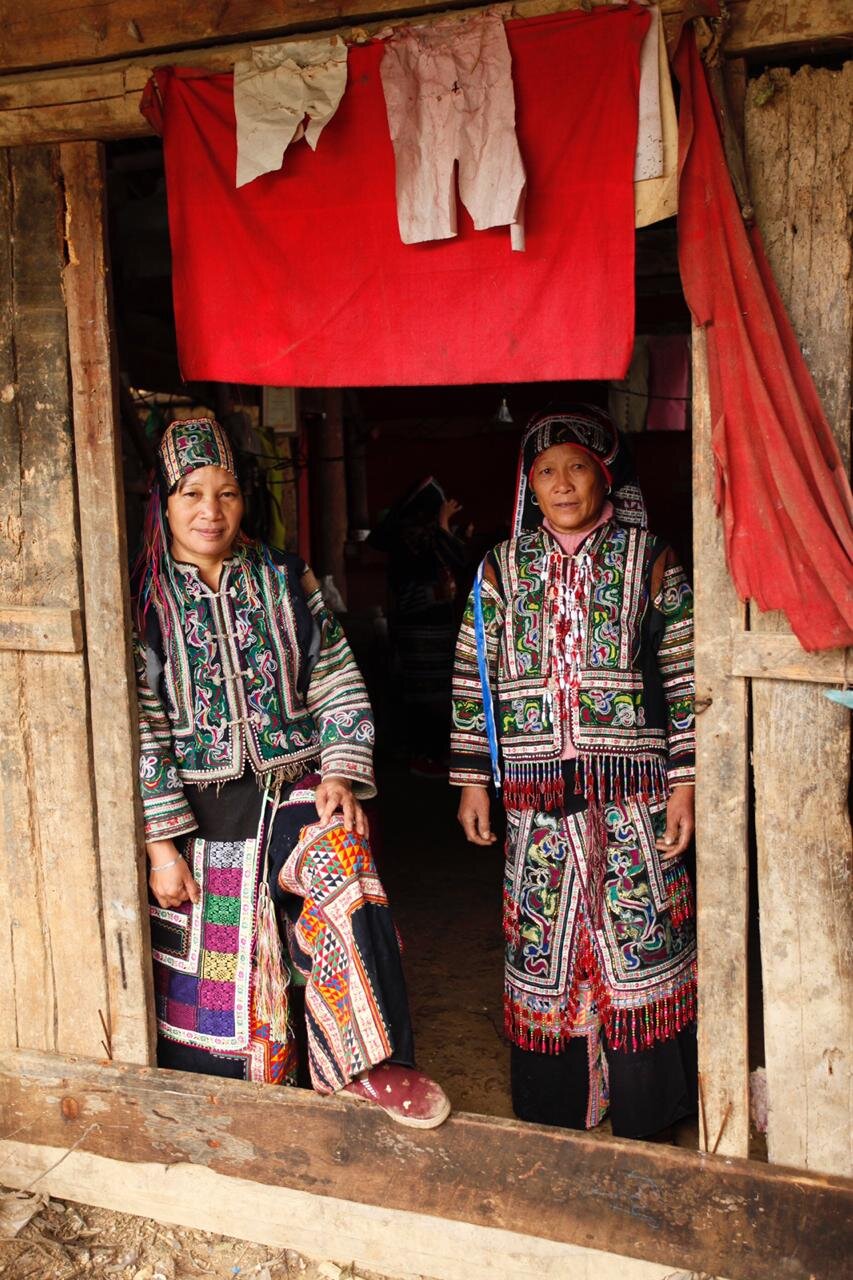New Year Tết
Vietnamese New Year
LUNAR NEW YEAR - Tết.
The Vietnamese New Year is fast approaching, and with it will come a vast array of beautiful cultural traditions and celebrations. Tết Nguyên Đán, lovingly called Tết for short, translates in Sino Vietnamese to ‘Feast of the First Morning’ and serves as an observance of the Lunar New Year.
This beautiful celebration allows people to express their respect and remembrance for their ancestors and to visit their family and spiritual temples. It is believed that one’s actions on Tết will determine their fate for the rest of the year, so people are careful to practice customs that bring good luck and fortune. This magnificent week-long celebration is observed by cooking special food and cleaning the house.
One of the most spectacular traditions for Tết, however, is the custom to wear colourful new clothing to symbolise a fresh start on the first day of the New Year.
It is common for Tết celebrants to don newly purchased Vietnamese clothing on the first day of the Lunar New Year. Often, people will wear the national traditional dress in Vietnam, the áo dài. This beautiful garment consists of a silk tunic and pants and is worn by both men and women. Generally, áo dài are saved for the most special celebrations like Tết because they represent formality, luck, and well-being.
The traditional áo dài were lined with a layer of fabric which creates a set referred to as a kép in Vietnamese. On very formal occasions, it is custom for Vietnamese people to wear a third layer of white, thin textile called mớ ba underneath the first two layers. This was intended as a way to manage your attire should guests drop by for a visit unexpectedly. Because stopping by the homes of friends and family is a preeminent tradition on Tết, this third layer was used as a makeshift áo dài should there be any surprise Tết visits.
The textiles used to manufacture áo dài are generally vivid in colour and made to appear bright and lively. Traditionally, people will wear yellow and red on Tết to symbolise good luck in the new year.
The áo dài has grown to serve as an exemplary symbol of Vietnamese style. The beautiful array of colour and textiles have made up the fabric of Vietnamese history and have imprinted the Tết New Year celebrations for decades. The beauty of this tradition, interwoven throughout generations, cannot be understated and will continue to endure.
Click to read more on áo dà. Photo by Can Manh Hung.

